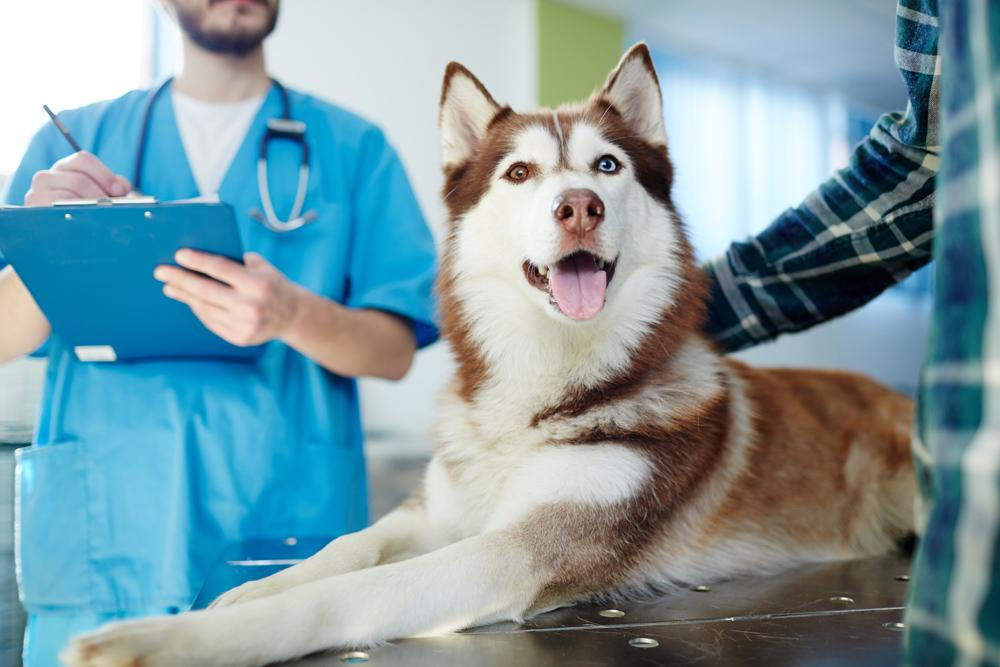Jose Sanchez
4/12/2018
Larchmont Animal Clinic
Preparing Your Pet for an Emergency
In life, we have to accept that disasters are unavoidable. Although that may seem morbid, we often come to appreciate the good days once we go through the bad ones. With that being said our hearts still go out to all those affected by these hurricanes, floods, and fires in our nation. Truly we can see the best of humanity shine through these trying times. Now despite you hopefully being prepared for you and your family, how prepared are you when it comes to your pet? As a responsible owner your pet is essentially your family but in the event of an emergency, you may be scrambling to safety so fast that you don’t consider aid for your pets. We here at the Larchmont Animal Clinic want to offer you a list of some basic yet essential items and tips that you should consider for whenever disaster comes knocking at your door.

Even though food and water may seem like an obvious first step in gathering supplies for an emergency, what most don’t consider is the quantity of it. Store at least three days of food in some sort of airtight container (makes food last longer) as well as three days of water specifically for your pets. Remember that your pets will need to stay hydrated just as much as you. Also, if your pet regularly takes medication you should always buy extra just in case. This next tip you should hopefully already have done (because I know you’re responsible) is having a collar or harness with an ID tag. Again, it may seem a little redundant to talk about something so obvious but many don’t consider the benefits of simply having that ID. Consider microchipping as well for the ultimate insurance in the event of getting separated from your pet (remember to always have that microchip number accessible to you). As a last measure, in the event of separation, you should have a picture of you and your pet together. Not only will the picture document ownership but it will also allow others in assisting you to find your lost pet. Now let us get into the real meat and potatoes of your emergency list which is the first aid kit. It would be wise to consult your local vet on what you should pack but typically a first aid kit should include: gauze bandage material, sterile gauze pads, bandage tape, cotton-tipped applicators (Q-tips will work), antibiotic ointment, flea and tick prevention, latex gloves, antiseptic wipes, anti-clotting powder (stops bleeding), povidone-iodine pads (prevents infections), saline solution (for your pets’ eyes), tweezers, and scissors. Don’t be intimidated by this list it may seem a little befuddling but you have time to prep. As I like to say it is better to be safe than sorry. Some of the final items you should consider in the event of an emergency are any important documents (adoption papers vaccination documents etc.), familiar items such as your pets favorite toys (to reduce stress), and a pet carrier so you can transport your pet safely.
No one likes to talk about possible incoming disasters. However, we do have to accept as Angelinos that we live in earthquake country. Unlike other natural disasters (not to put down how dangerous and impactful tornadoes and hurricanes can be) earthquakes come with no warning. My goal here is not to put you in a paranoid state but instead heighten your awareness to the real dangers that exist. Please don’t be one of those people who leave their pets behind because they weren’t prepared. I implore you to get started now because you never know when an emergency will come.
